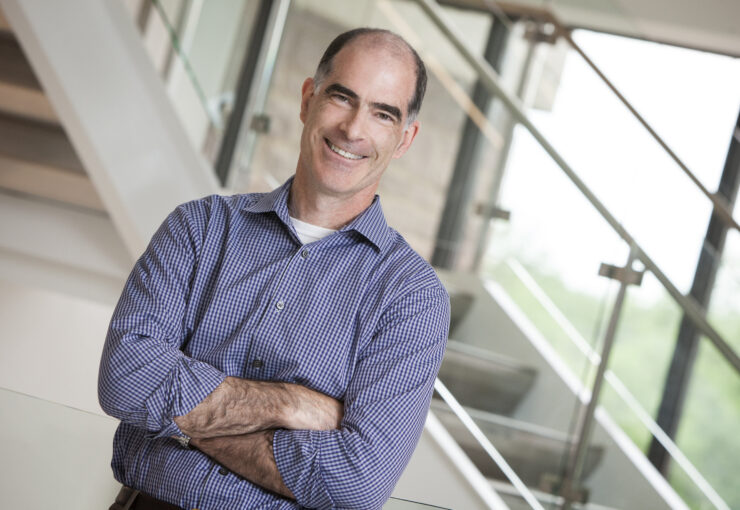Now, a team of researchers nationwide, led by Philip V. Bayly in the McKelvey School of Engineering at Washington University in St. Louis, plans to use MRI to study the brains of healthy, uninjured individuals in various age ranges to create models of brain motion over the life span. Their goal is to enable the researchers to predict the chronic effects of repeated head impacts in both men and women. The work is supported by a five-year, $3.6 million grant from the National Institutes of Health.
“There is no debate that there are cumulative effects of repeated impacts on the neurophysiology of the brain,” said Bayly, the Lilyan & E. Lisle Hughes Professor of Mechanical Engineering and chair of the Department of Mechanical Engineering & Materials Science. “The question is: What are the exact relationships between the mechanical forces and those neurobiological changes, such as the accumulation of tau proteins in different areas, and the resulting changes in behavior.”
In this study, Bayly and the research team plan to obtain MRI scans of teens ages 14 to 17, young adults ages 18 to 22, adults 20 to 50, and adults older than 50. Previous studies have not included such a range in ages, Bayly said.
“The specific focus of this grant is to try to determine the differences mechanically between the response of the adolescent brain, the response of the adult brain and the response of the older brain,” he said. “We are also looking at the differences between the behavior of the male brain and the female brain. There is some evidence that female athletes are at greater risk for injury due to participation in sports, and this should hopefully illuminate to what extent that is due to mechanical differences in the brain.”
By comparing the brains of humans at different stages of life, the researchers can analyze whether the brain is more vulnerable to certain injuries at specific ages. Ultimately, this approach may help to determine when a person who has suffered a brain injury can return to their sport.
For their study, the team will ask healthy human patients with no history of brain injury to undergo a gentle mechanical vibration while having an MRI. Bayly compared the principle to tapping on a melon to test its ripeness. Building on current methods, researchers will expand the range of vibrations given, administer them in different frequencies and from different angles to study the mechanical behavior of the brain and the brain’s interaction with the skull.
The work is relevant beyond athletes and former athletes, Bayly said.
“Something that has also been overlooked, but shouldn’t be, is trauma due to domestic abuse,” he said. “Unfortunately, that is more common in women than in men and hasn’t been part of the public debate as much, but it’s also very important and relevant to acute trauma and chronic effects of repeated trauma.”
Researchers have observed anecdotally that athletes who have one concussion are more likely to have a second and a third, Bayly said. In addition, athletes who begin playing contact sports at an earlier age are more likely to have neurobiological changes than those who began playing later.
“There have been these observations that have been pieced together, but the picture is really so far from complete that there are very compelling reasons to study it,” Bayly said.
Joining Bayly on the research team are Jerry Prince, the William B. Kouwenhoven Professor of Electrical & Computer Engineering, and KT Ramesh, the Alonzo G. Decker Jr. Professor of Mechanical Engineering, both at Johns Hopkins University Whiting School of Engineering; Curtis Johnson, assistant professor of biomedical engineering at the University of Delaware; and Dzung Pham, senior scientist at the Henry Jackson Foundation for the Advancement of Military Medicine.
Original post https://alertarticles.info



